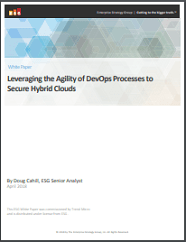
Leveraging the Agility of DevOps Processes to Secure Hybrid Clouds
You’re using an array of platform- and infrastructure-as-a-service (IaaS) cloud services to build and deliver new applications and services into today’s hotly competitive market. And it’s your CI/CD pipeline that enables the speed you need to succeed – but your cybersecurity regime must keep pace.
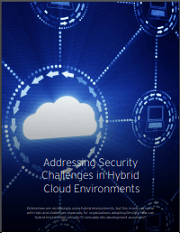
Addressing Security Challenges in Hybrid Cloud Environments
How can you secure your apps and services without compromising your schedule? ( It’s all in the automation.) Enterprises are using hybrid cloud technologies to enrich the user experience and power their digital transformation. But running applications in public clouds while managing the application data in private clouds makes for a unique set of security requirements.
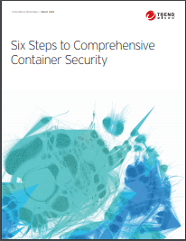
Six Steps to Comprehensive Container Security
An application or service that you develop once to run in multiple clouds has a clear advantage over one that is bound to a single OS or runtime environment. Container technology makes it possible, but container security vulnerabilities are beginning to surface. We describe 6 steps you can take to ensure that container security doesn’t become a DevOps roadblock.
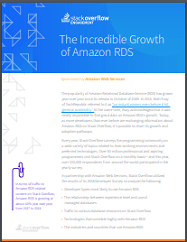
The Incredible Growth of Amazon RDS
In a new report, Stack Overflow, the leading online community for developers, analyzed its own user data to create this report.
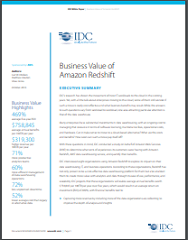
The Business Value of Amazon Redshift Report
IDC conducted a study on behalf of Amazon Web Services (AWS) to determine what sorts of experiences its customers were having with Amazon Redshift, AWS’ data warehousing service, and quantify their benefits. IDC interviewed eight organizations using Amazon Redshift to explore its impact on their data warehousing, IT, and business operations.
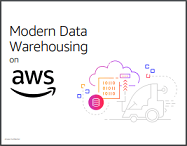
Modern Data Warehousing on AWS
With ever growing data, organizations can gain valuable insights from analytics. However, to cost effectively capture and analyze data, they must first modernize legacy on-premises data warehouses, which are often costly and slow to scale. This makes it difficult to ingest, process, and analyze data quickly enough to gain time-sensitive insights.
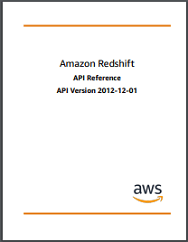
Amazon Redshift API Reference Guide
provisioning capacity, monitoring and backing up the cluster, and applying patches and upgrades to the Amazon Redshift engine. You can focus on using your data to acquire new insights for your business and customers.
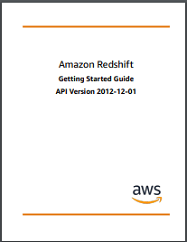
Getting Started with Amazon Redshift
Amazon Redshift is a fully managed, petabytescale data warehouse service in the cloud. An Amazon Redshift data warehouse is a collection of computing resources called nodes, which are organized into a group called a cluster. Each cluster runs an Amazon Redshift engine and contains one or more databases.


